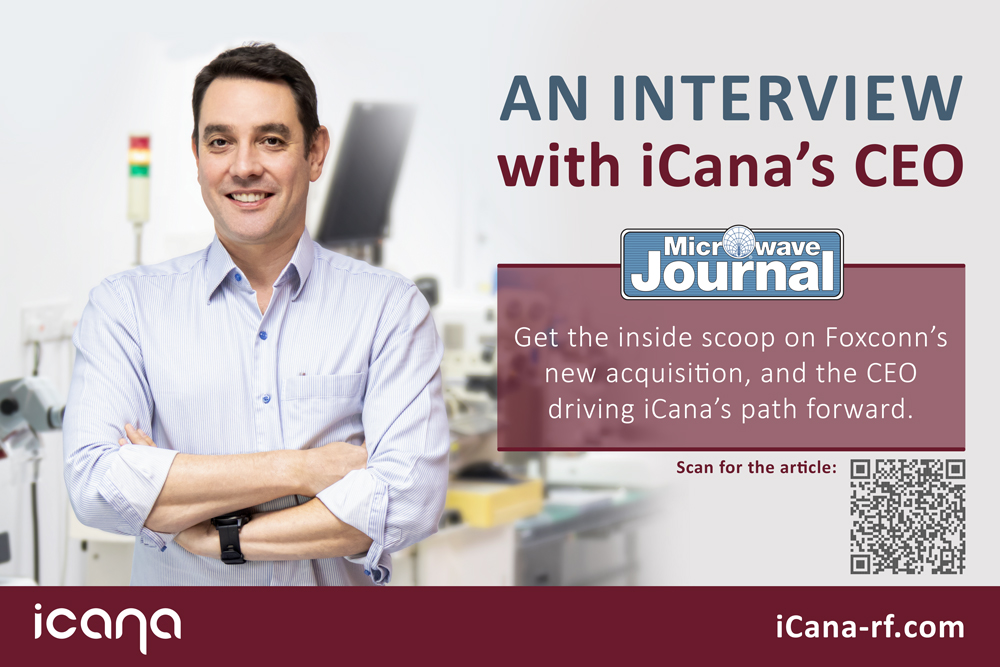Executive Interview: Glenn Vandevoorde, CEO, iCana Ltd

Published in Microwave Journal on 16 August 2022
Reproduced here with permission from Microwave Journal.
Leading publisher of RF and microwave technology news, Microwave Journal, has recently published an interview with iCana’s CEO, Glenn Vandevoorde. The Q&A below have been extracted from the online article.
If you wish to read the original article, please click HERE.
1. iCana is the result of Foxconn's acquisition of fabless RFIC supplier arQana. Tell us the history of arQana and what motivated Foxconn to buy the business.
arQana was founded in Singapore five years ago with its focus on offering RF components for radar and satellite communications. In time, the company moved into the 5G wireless infrastructure communications market. arQana’s acquisition by Foxconn fits into Foxconn’s 3+3 strategy, in which semiconductors, wireless telecommunications and automotive connectivity are all key pillars.
2. What is the relationship between Foxconn and iCana?
iCana is fully owned by Foxconn, yet operates as an independent subsidiary of Foxconn directly under the chairman’s office.
3. What markets will iCana serve and with what products? Do you intend to build a catalog of products or focus on custom designs for large customers?
We already have a large product catalog for 5G wireless infrastructure that we intend to extend to cover all active components in the RF front-end, both for FR1 and FR2. Being part of Foxconn provides opportunities to move into new markets that align with Foxconn’s long-term strategy of EV developments, consumer products and smart manufacturing. Our product roadmap is mainly driven by product portfolio; however, we do some custom designs for very large customers.
4. What semiconductor processes and packaging technologies are your designers using?
We are using III-V GaAs and GaN semiconductor processes—also CMOS, especially when more integration is needed. Our component packaging is not trivial, and it typically comprises a mix of actives and passive components connected internally inside the package, with thermal design an increasingly important aspect.
5. How are iCana's products differentiated in this competitive market of RFIC suppliers?
Our products are highly competitive, achieving the same or even better performance results as other tier-1 industry RF component suppliers. We offer pin-to-pin compatibility with other suppliers, promoting component supplier diversification at the customer side, needed in the industry. Key to our customers is the high level of application engineering support.
6. Give a couple of examples from your catalog or products under development that highlight your capabilities.
A good example using III-V technology is ARQSP3338-8, which is a Doherty amplifier for 5G FR1 small cells, with very broadband operation for band n78, high efficiency and excellent linearity with DPD. For 5G FR2 or the mmWave market, we are developing our own beamformer, ICAMB2427-A, which showcases our capabilities of achieving a high performance integrated IC using a silicon process.
7. Which markets or products hold the best growth opportunities for iCana?
Definitely our 3 to 6 GHz Doherty power amplifier modules or PAMs for 5G FR1 and our UDC+BFIC (AiM) solution for 5G FR2 are, at this moment, the most promising products that we are bringing to market and for which we receive major interest from the industry. Besides our current offering in 5G RF, our product roadmap for wireless connectivity in the EV space, such as C-V2X, shows tremendous growth potential.
8. How has the pandemic changed your strategy for growing a new business?
Marketing begins by knowing your customer; so not being able to have face-to-face interactions with customers and participating in industry trade shows has been difficult. We had to adapt and change by having more online meetings.
From the supply chain perspective, the pandemic also created important disruptions, especially within manufacturing, delaying some of our products. So we had to manage and shift some priorities. As a relatively small company, it is easier to manage these disruptions, which has given us an additional advantage in going to market with our products.
From the supply chain perspective, the pandemic also created important disruptions, especially within manufacturing, delaying some of our products. So we had to manage and shift some priorities. As a relatively small company, it is easier to manage these disruptions, which has given us an additional advantage in going to market with our products.
9. Tell us about your team and where everyone is based.
Our headquarters are located in Taiwan, which is where we do all the back end, industrialization, III-V design and address our customers in the APAC region. Our branches in Belgium and USA are mainly dedicated to R&D development activities for silicon-based products, and we are also supporting business development activities with our international customers from there.
10. What's your own background and the path that led you to iCana?
I have an engineering background in RFIC design, which early on in my career I applied to biomedical devices. This led me to set up a technology incubator business in Singapore in the early 2000s, which resulted in the establishment of an RF CMOS design house—Future Waves in Taiwan—providing solutions for digital broadcasting. Future Waves was acquired in 2009, and I took a break from industry for a few years to manage a social enterprise in Vietnam looking after disadvantaged youth.
After returning to Singapore, I took on a professorship with the National University Singapore in the Institute for Engineering Leadership to teach practical entrepreneurship to postgraduate engineering, science and medical students. At the same time, I finished my MBA with the University of Chicago. In 2017, I left the university and founded arQana.
After returning to Singapore, I took on a professorship with the National University Singapore in the Institute for Engineering Leadership to teach practical entrepreneurship to postgraduate engineering, science and medical students. At the same time, I finished my MBA with the University of Chicago. In 2017, I left the university and founded arQana.
